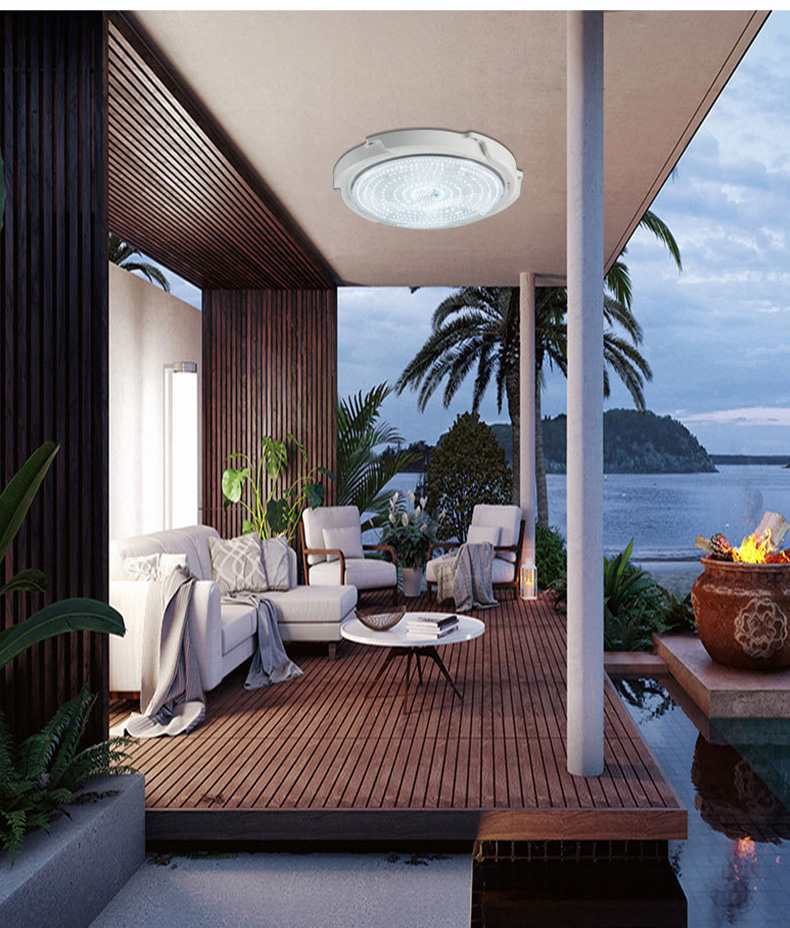BETTER TOUCH BETTER BUSINESS
Contact Sales at Litel Technology

If you’re looking at indoor solar lights, take a minute to read up on what factors to consider. It’ll help you have a much better experience down the road!
Active time, or how long the battery will last before needing to be recharged, depends on both the size of the battery and the brightness of the light. Active time ranges from a few hours to 12 or more. As you’ve seen above, each light is different.
If you need your solar light just a few minutes a day while you rummage through the garage, any of the above will do fine. But if you like to tinker for hour-upon-hour into the night, you’ll want to make sure your light’s battery is long enough to handle this. Typically, we will note how long the battery lasts.
Lumens is a measure of how bright the light is. Lumens can range from from 1 to 10 for ambient lighting (like decorative sidewalk lights) all the way to 1500 or higher for flood or security lights. Most of the lights above are 150 lumens, about the brightness of a high-quality flashlight or headlamp.
It’s really a gamble whether the manufacturer publishes the lumens of their solar lights. Some do, some don’t. If they don’t, just jump into the comments to see what people say. Informed users will oftentimes estimate the lumen count and in the least, you can get some anecdotal evidence on whether the light is bright enough or not.
In the past, few of us really knew about color temperature, but with the advent of LEDs and all their varying shades, color temperature is becoming a much more commonly used description. Color temperature is measured in Kelvins, and denotes the color quality of a light, with orange on the lower end and sky blue on the higher end.
On the extreme low end, the warm orange of a match flame comes in around 1700 Kelvins. On the higher side, 15,000 Kelvins is a clear blue sky. The cheaper LEDs like in the lights above typically fall around 6,000 to 6,500 Kelvins, a clear whitish-blue similar to daylight.
If you want something closer to a warm incandescent bulb, look for around 2,700 to 3,000 Kelvins. Solar lights with a warm white glow can be harder to find, and they’re often a little more expensive than those with bluish-white light.
Copyright © 2025 Guangzhou Litel Technology Co.,Ltd. | All Rights Reserved
We are here to help you! If you close the chatbox, you will automatically receive a response from us via email. Please be sure to leave your contact details so that we can better assist